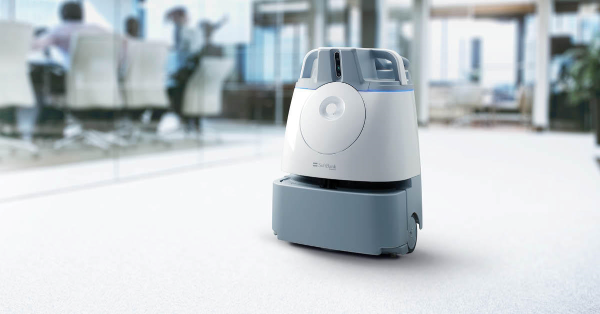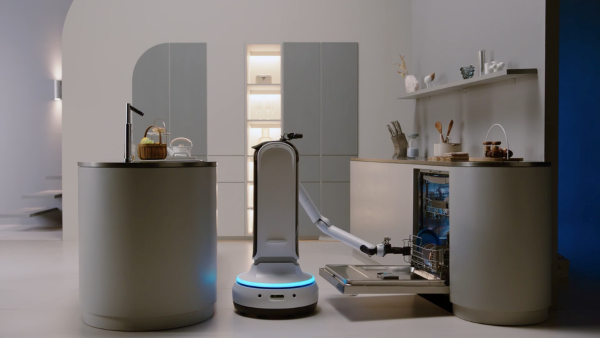The rise of cloud robotics: How the cloud is transforming robotic landscape
By Aditya Abeysinghe
 Robots come in different forms based on the place, purpose and the level of automation they are used. They have been used both for legitimate and fraudulent activities, for both commercial and government purposes, as hardware and software and as a replacement for humans. However, with new models such as computer vision, computational thinking and processing of large data, i.e. big data, have been coupled with robotic functions, a new question has arisen: How can a robot process all these data and carry out its tasks without losing its “focus”? Several solutions have been proposed for this question and a feasible approach for robots of many forms is to use cloud services for heavy computations. Hence, within the past few years “cloud robotics” or use of cloud resources for robotics has been a new trend in robotic processes. This article describes how supportive robots have changed with the use of cloud robotics.
Robots come in different forms based on the place, purpose and the level of automation they are used. They have been used both for legitimate and fraudulent activities, for both commercial and government purposes, as hardware and software and as a replacement for humans. However, with new models such as computer vision, computational thinking and processing of large data, i.e. big data, have been coupled with robotic functions, a new question has arisen: How can a robot process all these data and carry out its tasks without losing its “focus”? Several solutions have been proposed for this question and a feasible approach for robots of many forms is to use cloud services for heavy computations. Hence, within the past few years “cloud robotics” or use of cloud resources for robotics has been a new trend in robotic processes. This article describes how supportive robots have changed with the use of cloud robotics.

Challenges faced by conventional robots
Robots in supportive roles today use Internet of Things (IoT) and other technologies that heavily rely on the Internet. With the use of these technologies, data processing within hardware devices is difficult due to several reasons.
Robots use data that are required for real time data analytics. For example, consider a robot that uses a computer vision based role where it identifies objects and then performs tasks. It needs to first detect the object, identify what it is, then classify it as an object it knows based on a known set of objects. Then it needs to perform some operation on it. This needs to happen real time. The volume of data that it needs to process is very high, compared to the time taken for processing.
With heavy computation, robots also need large memory to both temporarily and permanently store data. This memory and processing requirement varies depending on the time and operation in which they are used. In other words, it needs to scale up or scale down based on the context. Allocating a large amount of memory and computation capacity is costly and wastage of resources. Therefore, a resource needs to be able to be adjusted, based on the requirement.
Some robots also require data sharing between applications for proper functioning. Data sharing is one of the core concepts of IoT devices. Data sharing in this sense is not just sending some text or sequence of data between two devices, instead, it is streaming of data to achieve specific tasks. For streaming, a reliable middle party capable of handling thousands of requests and responses and also auditing, logging and storing data is required.
Finally, reliability of data is required, in the case of a damage to a robot or hacking and other software related attacks as lost information is recoverable and the data is available. Therefore, backup and restoration techniques need to be maintained in multiple physical locations.

How Cloud Computing enables efficient data processing
The most important advantage cloud vendors provide is the ability to scale up and down resources as required. The customer is billed “per use” rather than “per unit purchased”. This model is commonly referred to as the “serverless computing”. With serverless, the customer signs up for a billing account. Then he/she purchases the resources such as servers with required computational capacity and memory. The customer can enable scaling on demand and pay only when the requirements rise.
The cloud architecture supports a vast number of services that could be used from simple storage to complex analytics of big data and real-time notifications. Auditing, logging, streaming, encryption and global availability are some of the features provided by cloud vendors. All these are carefully merged, forming architectures capable of handling thousands of requests and serving thousands of clients at real time. All data processing and data storage is centralized and monitored with alarms triggered on unusual behavior.
Image Courtesy: https://www.zdnet.com/, https://www.cnet.com/







